Video of the Week:
Succulent Plants for Your Home
Turfgrass:
Dormant Seeding of Turfgrass
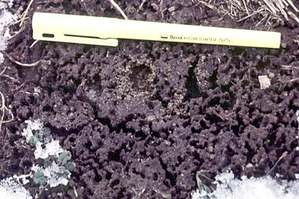
As with any seeding program, good seed-soil contact is vital. Several methods can be used. One method is to seed when there has been a light snowfall of up to an inch. This is shallow enough that bare spots can still be seen. Spread seed by hand on areas that need thickening up. As the snow melts, it brings the seed into good contact with the soil where it will germinate in the spring.
Another method is dependent on the surface of the soil being moist followed by freezing weather. As moist soil freezes and thaws, small pockets are formed on the wet, bare soil that is perfect for catching and holding seed. As the soil dries, the pockets collapse and cover the seed.
A third method involves core aerating, verticutting or hand raking and broadcasting seed immediately after. Of course, the soil must be dry enough and unfrozen for this to be practical. With any of the above methods, seed germinates in the spring as early as possible. There will be limitations on what herbicides can be used for weed control. Tupersan (siduron) can be used as a crabgrass preventer on new seedings even before they have come up. Also dithiopyr, found in Hi-Yield Turf and Ornamental Weed and Grass Stopper, can be used on tall fescue, Kentucky bluegrass, and perennial ryegrass two weeks after germination. Dithiopyr is longer lasting and more effective than siduron. Other preemergence herbicides require that the turf be well established before application. (Ward Upham)
Ornamentals:
Why Haven't the Tree Leaves Fallen?

So, how does marcescence happen? It is triggered by a very quick change from warm weather to cold during the fall. Trees usually begin to prepare for winter by absorbing nutrients from the leaves and inducing each leaf to form an abscission layer at the base of the leaf stem. The abscission layer weakens cell walls and allows the leaves to fall. The quick change from warm to very cold weather this November killed the still green leaves before the abscission layer had formed. Therefore leaves have remained attached to the tree. Though marcescence will not harm the tree directly, a heavy snowfall or ice storm could cause much more limb breakage than normal due to more surface area being available for snow or ice to collect.
Unfortunately, there isn’t much we can do except hope remaining leaves will fall and that we can avoid any snow or ice storms. (Ward Upham)
Miscellaneous:
Poor Drainage in Garden Areas
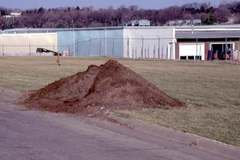
Storing Power Equipment for the Winter
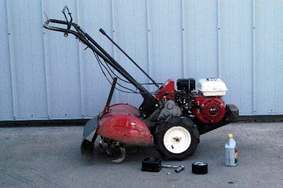
Some gardeners will also apply a light, sprayable oil into the cylinder through the spark plug hole. Check and clean air filters and replace if necessary. Many mowers and tillers will have a foam prefilter that can become filthy with use. If allowed to become too dirty, engines will run poorly or may not run at all. Sharpen blades, clean tines, tighten screws, replace broken parts and do all the other things needed to keep equipment in good shape. Though such maintenance takes some time and effort, it pays for itself by reducing frustration and lost time due to poorly performing equipment during a hectic spring. (Ward Upham)
Houseplants Losing Leaves
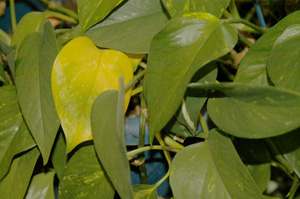
The next question is what do we do about it? Well, you can add supplemental lighting or just wait until longer days and higher light levels allow the plants to recover. Unfortunately, people often decide the plant needs more fertilizer or water to perk it up. Remember the problem is low light, not a lack of fertilizer or water. Adding extra fertilizer or water won't help, and may actually harm, the plant. The needs of the plant need to be balanced. If there is plenty of sunlight, the plant can use more water and fertilizer. Under low light levels, the plant doesn’t require much fertilizer and the nutrients stay in the soil where they can build up and may eventually burn roots.
Also, excess water can drown roots. Therefore, it is important to do a good job of watering and fertilizing during the winter. Only water when the soil is dry ½ inch deep in the pot. Eventually you can learn to judge whether a plant needs water just by weight. Also, reduce or eliminate fertilizing during the winter months. If the plant still looks thin in the spring, cut it back so it can put out new, thicker growth. Also, knock the plant out of the pot in the spring and make sure it isn't root bound. If it is, move it up to a larger pot. (Ward Upham)
Peter Wirtz Video Available for Viewing
Peter grew up in the family nursery and garden. Mr. Wirtz completed studies of music at Antwerp Conservatory (Belgium) and landscape architecture at Cornell University.
Mr. Wirtz works on private, public, corporate, and institutional projects in Europe and America together with his brother and co-director Martin Wirtz and a design studio of 11 collaborators. Former or ongoing garden projects: private gardens in the US; Domaine deWideville, Paris, France (private); Chateau de La Croe, Nice, France (private); De Stadstuin Ronse, Belgium (public park & private development); Jubilee Park, London, UK (public park); Ernsting’s Family Campus, Coesfeld, Germany (corporate); Kunsthaus Zürich, Switzerland (institutional); and Shanghai Chanfeng, China (mixed development).
In May 2014, horticulture study abroad students along with Drs. Miller and Lavis spent 3-hours with Peter at his Belguim studio and walking his father’s private gardens. This event is sponsored by the Department of Horticulture, Forestry and Recreation Resources, George Terbovich Design, Inc., and the Department of Landscape Architecture and Regional & Community Planning College of Architecture, Planning & Design.
See http://youtu.be/7xNQqxxELaI for the video. (Cathie Lavis)
Contributors: Ward Upham, Extension Associate
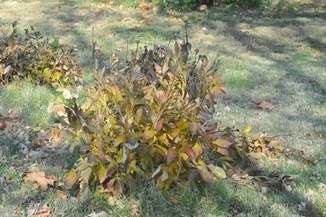
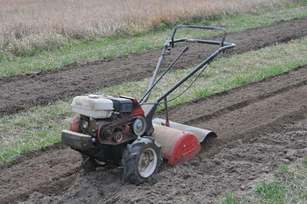
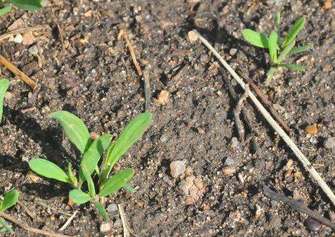

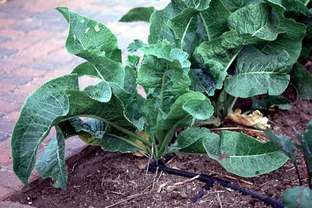
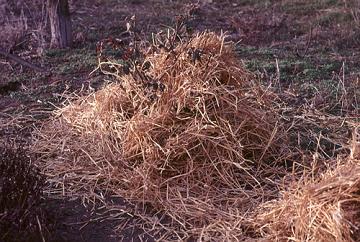
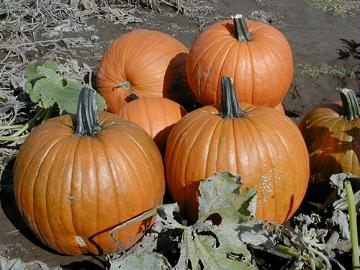
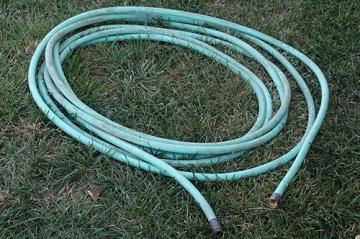
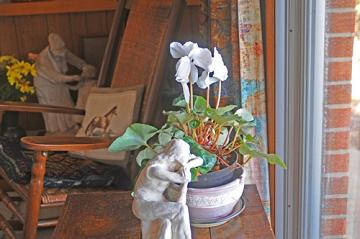
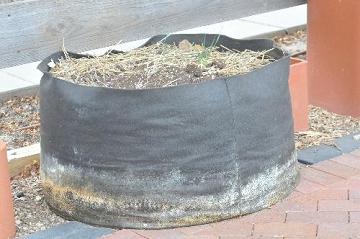
 RSS Feed
RSS Feed
